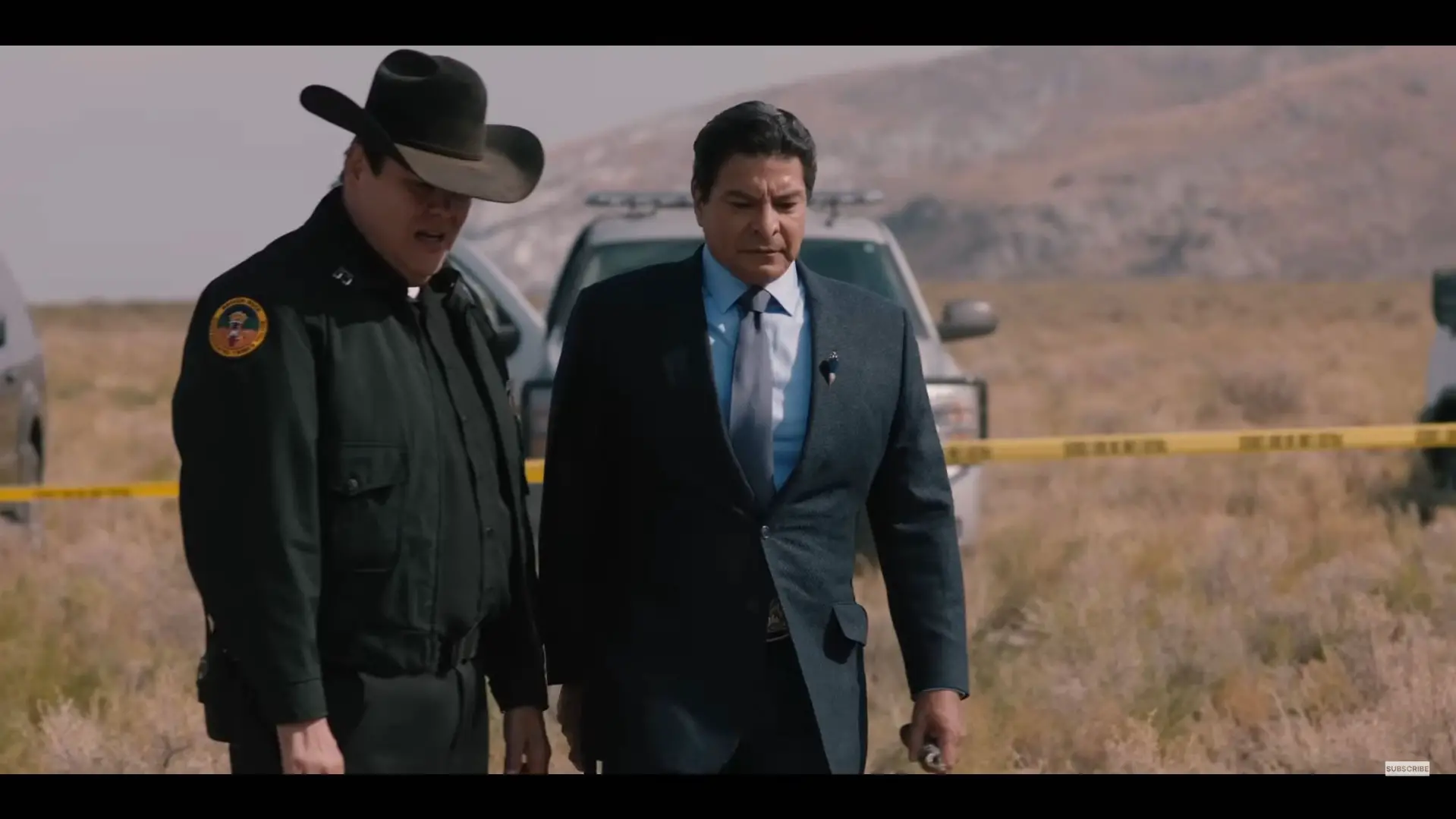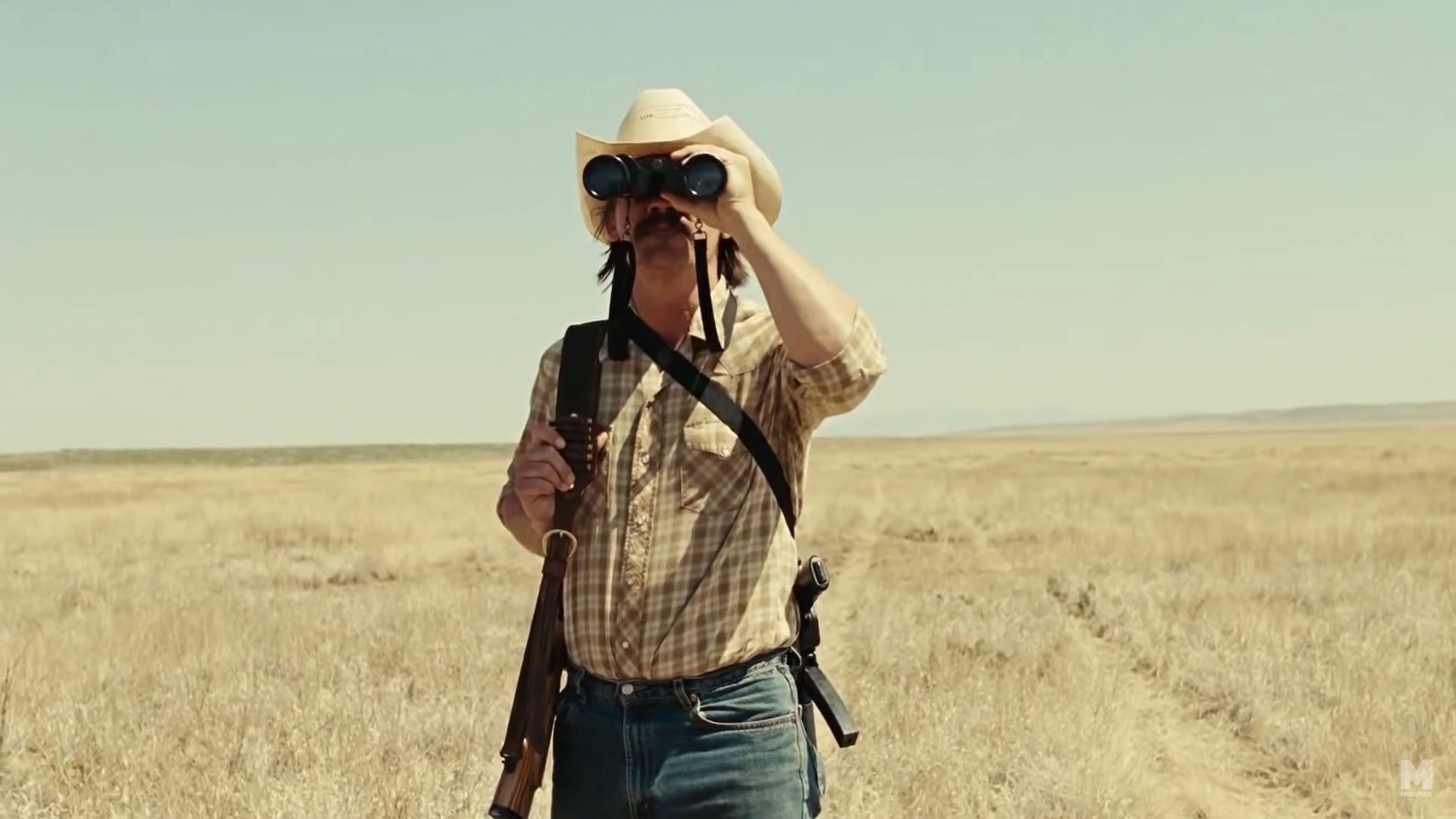
Neo-Western Movies
Neo-Western movies are modern reinterpretations of the classic Western genre, blending its themes and aesthetics with contemporary settings, characters, and conflicts. While traditional Westerns often featured cowboys, outlaws, and frontier justice in the 19th-century American West, neo-Westerns bring those same moral dilemmas and rugged landscapes into the present day—often set in deserts, rural towns, or lawless borderlands.
At their core, neo-Westerns explore timeless themes like justice vs. revenge, individualism, moral ambiguity, and the decline of traditional values. However, they often strip away the romanticism of classic Westerns, offering a grittier, more realistic view of violence, corruption, and survival.
One of the most acclaimed neo-Westerns is No Country for Old Men (2007), directed by the Coen Brothers. Set in 1980s Texas, it features a silent killer, a desperate man on the run, and a weary sheriff—all grappling with changing times and shifting codes of morality. The film captures the existential weight and quiet menace typical of the genre.
Hell or High Water (2016) follows two brothers robbing banks to save their family land, while being pursued by aging Texas Rangers. It combines sharp social commentary on economic hardship with the dusty, sunlit aesthetic of classic Westerns. Wind River (2017) takes the genre to snowy Wyoming, focusing on justice and loss within an isolated Native American community.
Neo-Westerns also appear in hybrid forms—Logan (2017) merges superhero drama with Western grit, and Breaking Bad frequently drew on neo-Western imagery and themes in its storytelling.
These films resonate because they show a world where the rules are unclear and justice must be carved out by flawed individuals. Neo-Western movies are both homage and evolution—honoring the genre’s past while redefining it for a more complex, modern age.


No Country for Old Men

Brokeback Mountain

Breaking Bad



